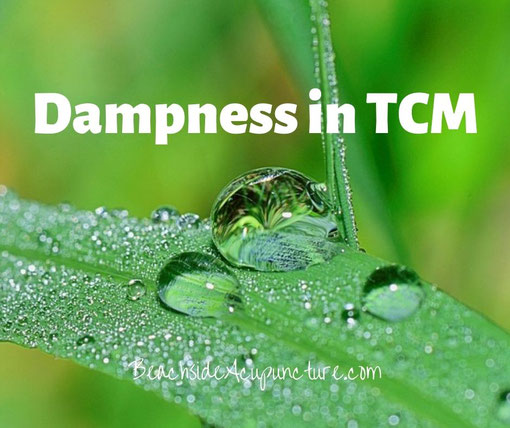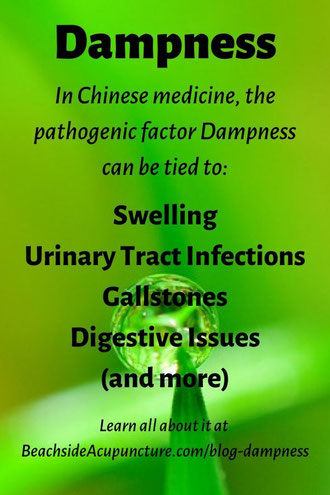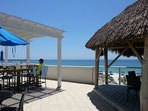
You already know about the concept of pathogenic factors in Traditional Chinese Medicine (TCM) from our post about Wind, but you may be surprised to learn that Dampness is considered to be the pathogen that's most difficult to treat. Before we get into that, though, what is Dampness?
Dampness as an Exogenous Pathogen
Create a picture of "dampness" in your mind. Do you see a soggy sponge? A muggy summer morning? Clothes that aren't quite dry? All of these are great visuals for what the pathogen Dampness is all about. In particular, Dampness is characterized by:
- Heaviness
- Stickiness
- Slow movement
Apply the sensations felt while wading through a swamp to the body, and it's easy to connect that someone suffering from a Dampness condition will feel lethargic and heavy. When Dampness infiltrates the body from the outside - i.e. by sitting in a wet patch of grass for a long time or not changing out of wet clothes quickly - then it creates these sensations toward the surface of the body, with possible manifestations of swollen joints and oozy skin issues. However, Dampness can also be generated internally if the Spleen organ system is out of balance.
Dampness as a Result of Disharmony
Dampness may also be a result of a weak Spleen. In Five Element Theory, the Spleen is tied to the emotions of worry and rumination, and although many people weaken their Spleen systems with overthinking, the bigger stressor is a poor diet. The Spleen is the major digestive organ in TCM, and eating a lot of heavy food, cold food, processed food, dairy, etc., creates the perfect conditions for Dampness to form. Once there is Dampness in the body, it can further weaken the Spleen system...which creates more Dampness...which weakens the Spleen...and so on in a vicious cycle. Internal Dampness plays a part in urinary tract infections, gallstones, digestive issues like bloating and diarrhea, and more, often affecting the middle and lower parts of the body in particular. Dampness can also congeal into Phlegm that can produce congestion and other respiratory issues in the upper half. While all of this sounds dismal, there are (of course!) easy things you can do to prevent and treat internal Dampness conditions:
- Diet: In TCM we say that a perfect meal contains lots of lightly cooked vegetables, a small amount of meat, and a small amount of grains. Limit excessively greasy foods, dairy, and heavy foods.
- Exercise: Dampness is "stuck" in nature - think of slow-moving sludge - so increasing circulation through regular exercise can get it moving again.
- Acupressure: Points SP9, ST36, and GB34 may be helpful.

As always, if you think you have a Dampness condition that needs extra help, don't hesitate to schedule an appointment! Acupuncture and herbal medicine - as well as more specific diet and lifestyle considerations - can alleviate symptoms while also fixing the root issue, whether it be Dampness, a weakened Spleen, or a combination of both.

Kathleen Ketola is a Licensed Acupuncturist and the owner of Beachside Community Acupuncture. She loves providing affordable acupuncture to the residents of McKinney, Texas, and surrounding cities like Prosper, Frisco, and Plano, but she also enjoys educating the general public on how acupuncture and Traditional Chinese Medicine (TCM) can treat everything from pain to infertility to stress and beyond. Click "Book Now" at the top of this page to book an appointment or feel free to contact her at (214) 417-2260.








